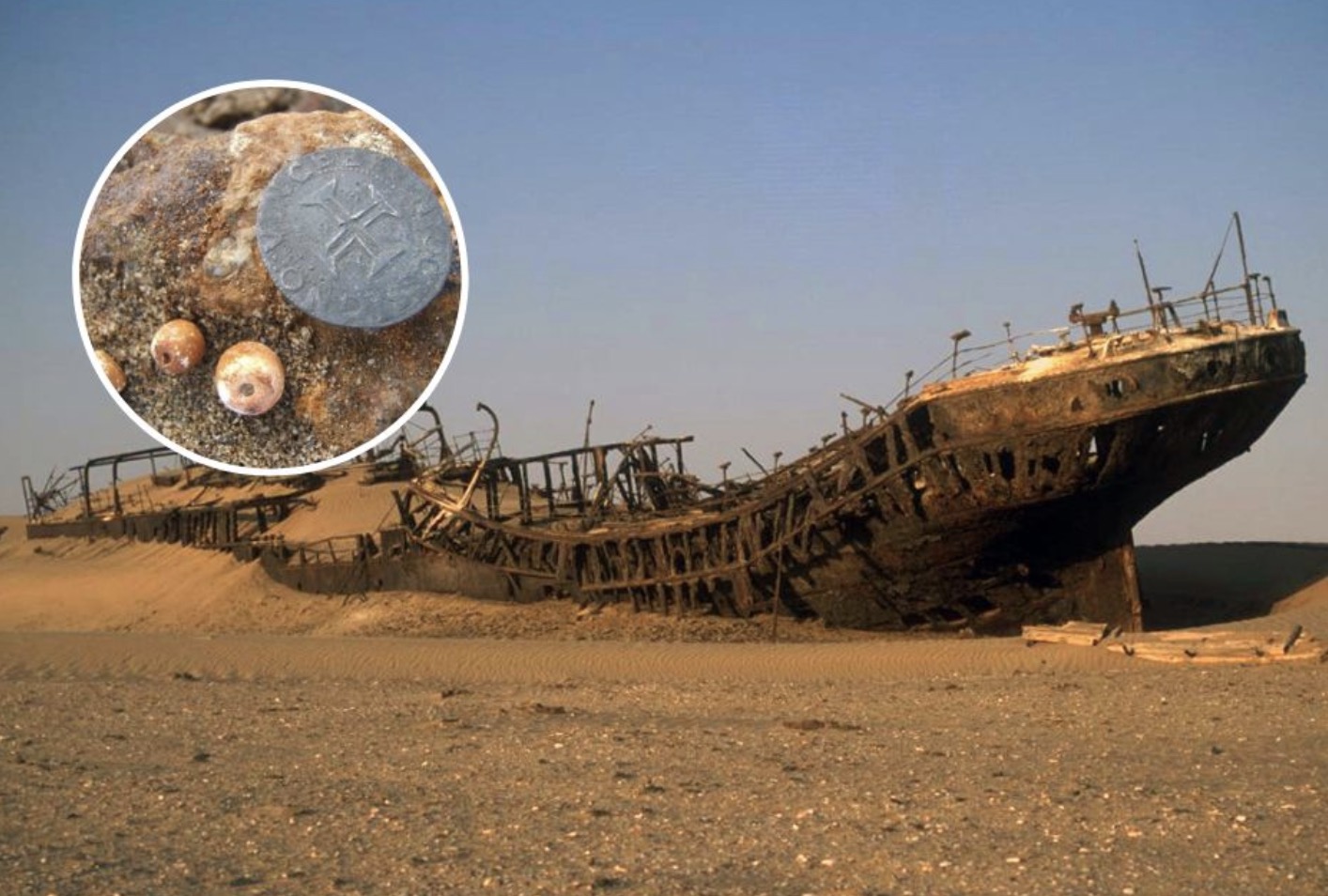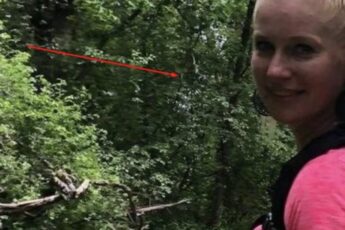The discovery of a ship in a southwest African desert that went missing five centuries ago and had gold coins on board is one of the most exciting archeological finds of the last few years.
Friday, March 7, 1533, saw the departure of a Portuguese vessel from Lisbon. Its whereabouts were unknown until 2008, when its bones were discovered while doing diamond mining in Namibia’s desert near the shore.
A powerful storm caused it to capsize as it was traveling towards India, taking treasures like copper and gold ingots with it. Two thousand pieces of pure gold and tens of thousands of pounds of copper ingots were discovered on board the ship, almost all of which were found unharmed.

The ship that was discovered in the desert had substantial cargo in addition to cash.
Finding a shipwreck is not unexpected, according to Dr. Noli, principal archaeologist at the Southern Africa Institute of Maritime Archaeological Research, as storms have lately been known to hit the shoreline.
However, after just one week of excavation, a treasure box loaded with gold was found, and the coins within showed that it had come from a Portuguese ship that had disappeared in 1533.
It is believed to have sunk during a storm off the coast of Namibia when the ship was carried too near to land, causing the hull to collide with a rock and topple over. As the seas off the coast receded, it surfaced once more in the desert.
With the exception of a few solitary bone fragments, the ship’s condition upon discovery suggests that the storm that caused the catastrophe was extremely powerful; nonetheless, the absence of human remains suggests that most of the crew either drowned at sea or managed to escape the wreck.
“It adds new meaning to the concept of the ship having been loaded with gold,” Dr. Noli stated to News Com, Australia.
Further investigation revealed the presence of bronze bowls, and it was eventually determined that the long metal poles were canons.
Dr. Noli’s team also found metal shards that suggested a shipwreck was concealed in the sand, in addition to the musket, which they estimated to be at least 500 years old. There were found to be cannons, swords, astrological instruments, compasses, and even a time capsule. Additionally, silver coins were found.
Based on the contents of the catastrophe, Dr. Noli and other experts believe the ship was sailing from its home port in Lisbon, Portugal, around the southern tip of Africa, towards Western India.
Similar Portuguese ships with the same load at the time often followed this route.
The Bom Jesus is now the most valuable and ancient shipwreck ever discovered off the Western coast of Sub-Saharan Africa.
The region where the ship was found was known as Sperrgebiet, or “forbidden territory,” because hundreds of German prospectors had visited there looking for diamonds.
The facility, which is the result of a collaborative effort between the Namibian government and the diamond company DeBeers, is still largely buried, according to CNN.
The remnants of the shipwreck are currently protected by mining security and are only accessible to a limited group of individuals. There has been talk of a museum concept, but it’s not certain if it will materialize.






